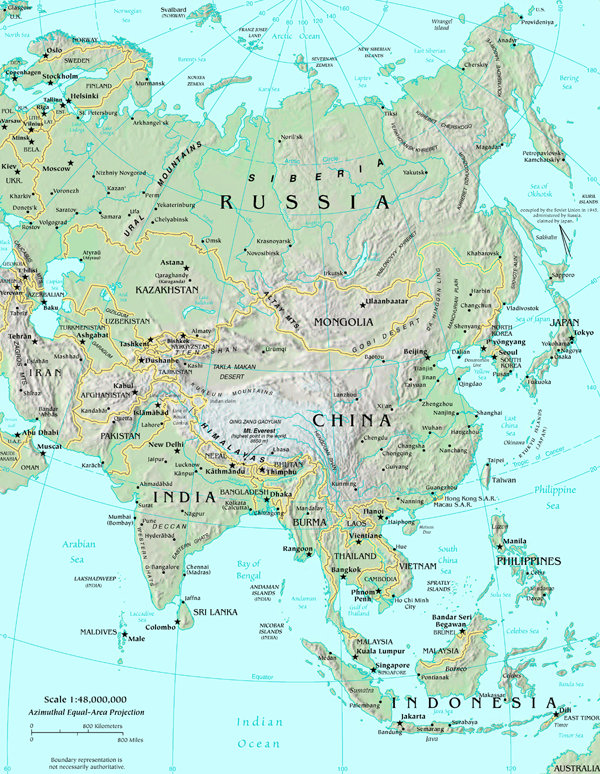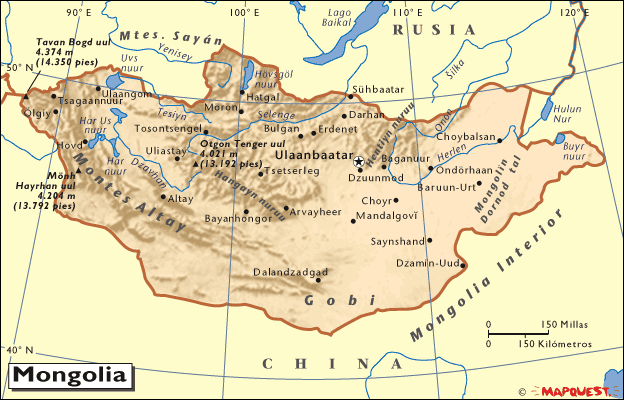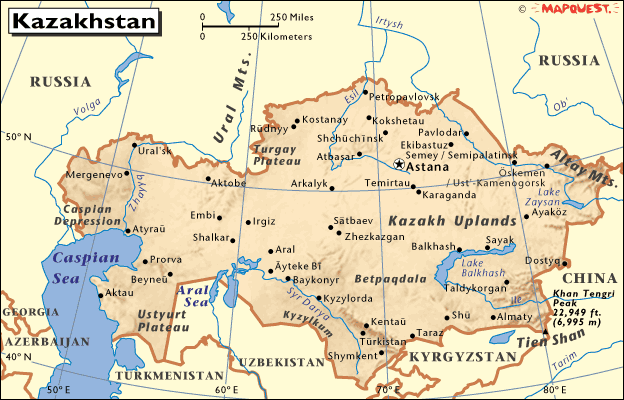A
alchemy
Guest
No surprise where this book recommendation came from, and as has been stated previously it is a good read. Surprisingly & refreshingly, it even has its fair share of wry humour --- not something you usually come across within what is in essence a history book.
A few thoughts I had, and points or oddities I highlighted while reading, which are all in addition to the great work Laura has previously shared:
If you look back to the map on page 10, you will see that the Khazars are stuck between the Bulgars to the NE, and the Bulgars to the West. On page 21, Koestler mentions:
A further item:
Just a thought...
Another portion I found interesting was pgs 66/67, wherein King Joseph replies to Hasdai with the (perhaps legendary) account of their conversion to Judaism:
Next: on page 77, Koestler outlines some interaction between the Alans and Khazaria:
Again, a recommended book as there are pieces of the puzzle present here...
Cheers,
John
A few thoughts I had, and points or oddities I highlighted while reading, which are all in addition to the great work Laura has previously shared:
This struck me as, perhaps, a very literal reference to the 'language of the birds'.A Koestler said:Ibn Fadlan, the fastidious Arab, liked neither the climate nor the people of Khwarizm (Khazars):
Pgs 36/37They are, in respect of their language and constitution, the most repulsive of men. Their language is like the chatter of starlings. At a day's journey there is a village called Ardkwa whose inhabitants are called Kardals; their language sounds entirely like the croaking of frogs.
If you look back to the map on page 10, you will see that the Khazars are stuck between the Bulgars to the NE, and the Bulgars to the West. On page 21, Koestler mentions:
This could provide one possible means of transmission of Altaic, gnostic information. What I have wondered about for some time is, where did the Bogomils (of modern day Bulgaria -- i.e., the Bulgars) obtain their information to transmit to the Cathars, as seems to have been the line of transmission? This might possibly fill that void, and within the broad timeframe necessary.All we can say with safety is that the Khazars were a 'Turkic' tribe, who erupted from the Asian steppes, probably in the fifth century of our era.
A further item:
Western Europe was recovering from the overhead comet strike in the 6th century CE (per Gregory of Tours, among others). The rise of the Bogomils/Cathars, as well as gothic culture and architecture, appear on the scene quite suddenly circa 10th century CE, which broadly correlates with the exodus of Khazars due to the incursions of the Rus and double-dealing of the Byzantines in the very late 9th and early 10th centuries CE.page 171 said:The list [of later Austrian Jewish princes, reputedly descendants of the former Khazar Empire] gives not only their alleged names, some of which have a distinctly Ural-Altaian ring, but also the length of their rule and the place where they were buried...
Just a thought...
Another portion I found interesting was pgs 66/67, wherein King Joseph replies to Hasdai with the (perhaps legendary) account of their conversion to Judaism:
This example of angels appearing immediately reminded me of the C's comment that angels and the like are frequently 4D sts intervention. This is not proof of course, simply interesting speculation.Joseph's account starts with a eulogy of his ancestor, King Bulan, a great conqueror and a wise man who 'drove out the sorcerers and idolators from his land'. Subsequently an angel appeared to King Bulan in his dreams, exhorting him to worship the only true God, and promising that in exchange He would 'bless and multiply Bulan's offspring, and deliver his enemies into his hands, and make his kingdom last to the end of the world'.
[...]
King Bulan is quite willing to serve the Almighty, but he raises a difficulty:
Thou knowest, my Lord, the secret thoughts of my heart and thou hast searched my kidneys to confirm that my trust is in thee; but the people over which I rule have a pagan mind and I do not know whether they will believe me. If I have found favour and mercy in thine eyes, then I beseech thee to appear also to their Great Prince, to make him support me.
The Eternal One granted King Bulan's request, he appeared to this Prince in a dream, and when he arose in the morning he came to the King and made it known to him...
Next: on page 77, Koestler outlines some interaction between the Alans and Khazaria:
A quick reminder on the Alans:[...] speaks of an attack on Khazaria by the Alans, acting under Byzantine instigation, under Joseph's father, Aaron the Blessed. No other Greek or Arab source seems to mention this campaign. But there is a significant passage in Constantine Porphyrogenitus's De Adminisdrando Imperio, written in 947-950, which lends some credibility to the unknown letter-writer's statements:
Now, according to Joseph's Letter, the ruler of the Alans paid tribute to him, and whether in fact he did or not, his feelings toward the Kagan were probably much the same as the Bulgar King's. The passage in Constantine, revealing his efforts to incite the Alans to war against the Khazars, ironically reminds one of Ibn Fadlan's mission with a parallel purpose.Concerning Khazaria, how war is to be made upon them and by whom. As the Ghuzz are able to make war on the Khazars, being near them, so likewise the ruler of Alania, because of the nine Climates of Khazaria [the fertile region north of the Caucasus] are close to Alania, and the Alan can, if he wishes, raid them and cause great damage and distress to the Khazars from that quarter.
This too might have provided a means of transmission of what ultimately became the Cathar heresy. At any rate, here we have a strong kingdom (the Alans) perhaps paying tribute, but at the very least having interactions with, an equally strong (and probably stronger) kingdom on their borders (the Khazars). Whether the Grail, and/or gnostic knowledge, were transmitted to (or through) the Khazars, I cannot definitively say, but the interaction & timing is very interesting.Cassiopaean Glossary said:The Alans were a tribe from the Caucasus and possibly Northern Iran who may have brought the original elements of the Grail mythos to Western Europe. Alanic soldiers fought for the Romans in the later days of the empire and were stationed among other places in Britain and Western France.
It is speculated that many of the West European noble houses were originally of Alanic descent, originally from the 5th century. Also Eleanor of Aquitaine, the sponsor of Chretien de Troyes was probably of Alanic descent, presumably with traditional knowledge of the mythology passed down in the family.
The Alans were accomplished horsemen, generally tall, with red or blond hair. They may have transmitted the elements of the Nart sagas found to this day in Ossetia, in the Caucasus, to Europe. These elements include a cup that will choose the noblest and purest warrior from the feast gathering and offer drink to only him. Also a shirt of golden mail occurs in these sagas. Scott Littleton and Linda Malcor suggest in their book "From Scythia to Camelot" that the Arthurian mythos were actually a cross pollenization of the Nart sagas and West European Celtic myth. The hero Lancelot for example would derive his name from 'Alan of Lot.' The parallels between Arthurian myth and the practices of the Alans are too numerous to list here. The reader is referred to Littleton and Malcor.
See Chretien de Troyes, Grail, Fisher King
Again, a recommended book as there are pieces of the puzzle present here...
Cheers,
John
Last edited by a moderator:



